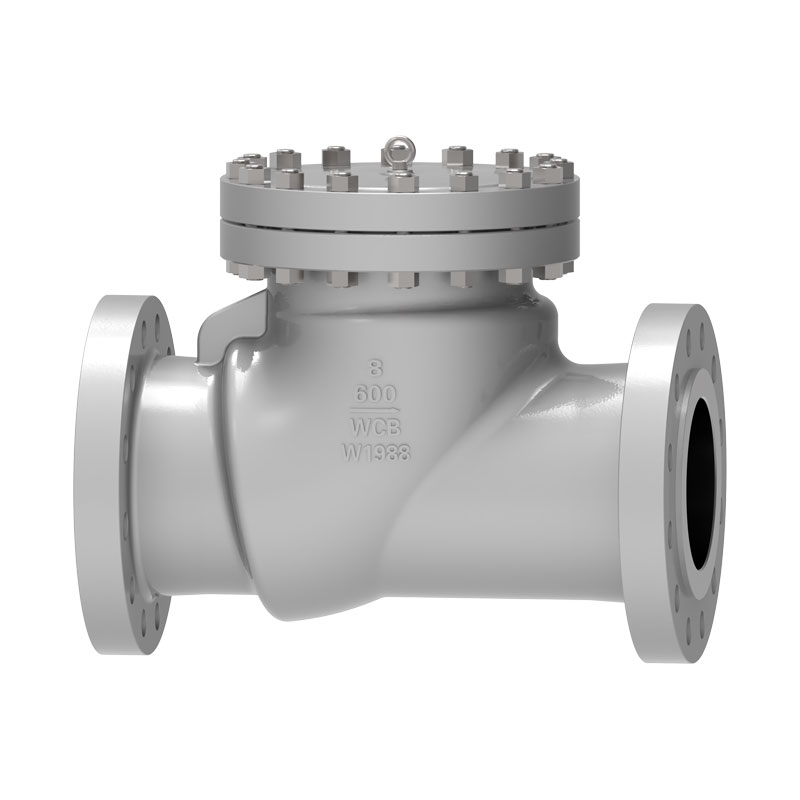How to Choose the Right Check Valve for Your System
2025-03-07
Check valves play a crucial role in preventing backflow and maintaining the efficiency of fluid systems. However, selecting the right check valve for your application can be challenging due to the wide variety of options available. In this guide, we’ll explore the key factors to consider when choosing a check valve and provide tips for installation and maintenance.

Key Factors to Consider When Selecting a Check Valve
1. Type of Fluid and Application
The first step in choosing a check valve is understanding the type of fluid it will handle. Different check valves are designed for specific applications:
- Water and wastewater systems – Swing check valves or ball check valves are commonly used.
- Oil and gas pipelines – Lift or dual-plate check valves are ideal for high-pressure applications.
- Chemical processing – Diaphragm check valves work well with corrosive or hazardous fluids.
- HVAC and steam systems – Spring-loaded or lift check valves are preferred for controlling flow under high temperatures.
2. Material Selection
The material of the check valve should be compatible with the fluid and environmental conditions:
- Brass – Suitable for potable water and general-purpose applications.
- Stainless Steel – Ideal for corrosive environments and high-pressure systems.
- PVC/Plastic – Commonly used in chemical processing and low-pressure applications.
- Cast Iron – Cost-effective option for large water distribution systems.
3. Flow Rate and Pressure Requirements
Different check valves have varying flow capacities and pressure limits. Consider:
- Cracking Pressure – The minimum pressure needed to open the valve. Low-cracking pressure valves are suitable for sensitive applications.
- Flow Resistance – Some check valves create more resistance, which can affect system efficiency.
4. Installation Position and Space Constraints
Check valves can be installed in horizontal or vertical pipelines, but some types require specific orientations:
- Swing check valves are best for horizontal installations.
- Spring-loaded check valves can be installed in any direction, including vertical pipelines.
- Ball check valves require minimal space and are suitable for compact systems.
5. Maintenance and Durability
Choose a check valve that suits your maintenance preferences:
- Metal valves are durable but may require regular inspections.
- Plastic valves are lightweight and corrosion-resistant but may wear out faster.
- Spring-loaded check valves require minimal maintenance due to their quick-closing mechanism.
Common Installation Mistakes to Avoid
- Incorrect Orientation – Ensure the valve is installed in the proper flow direction.
- Choosing the Wrong Size – An oversized or undersized valve can cause inefficiencies and damage.
- Ignoring Pressure Ratings – Using a valve with an incorrect pressure rating can lead to system failure.
- Lack of Regular Maintenance – Periodic inspections can prevent clogging and performance issues.
Final Thoughts
Selecting the right check valve depends on factors such as fluid type, pressure conditions, and installation requirements. By carefully considering these aspects, you can ensure the efficiency, safety, and longevity of your system.
Would you like any modifications or additional details in this blog?


